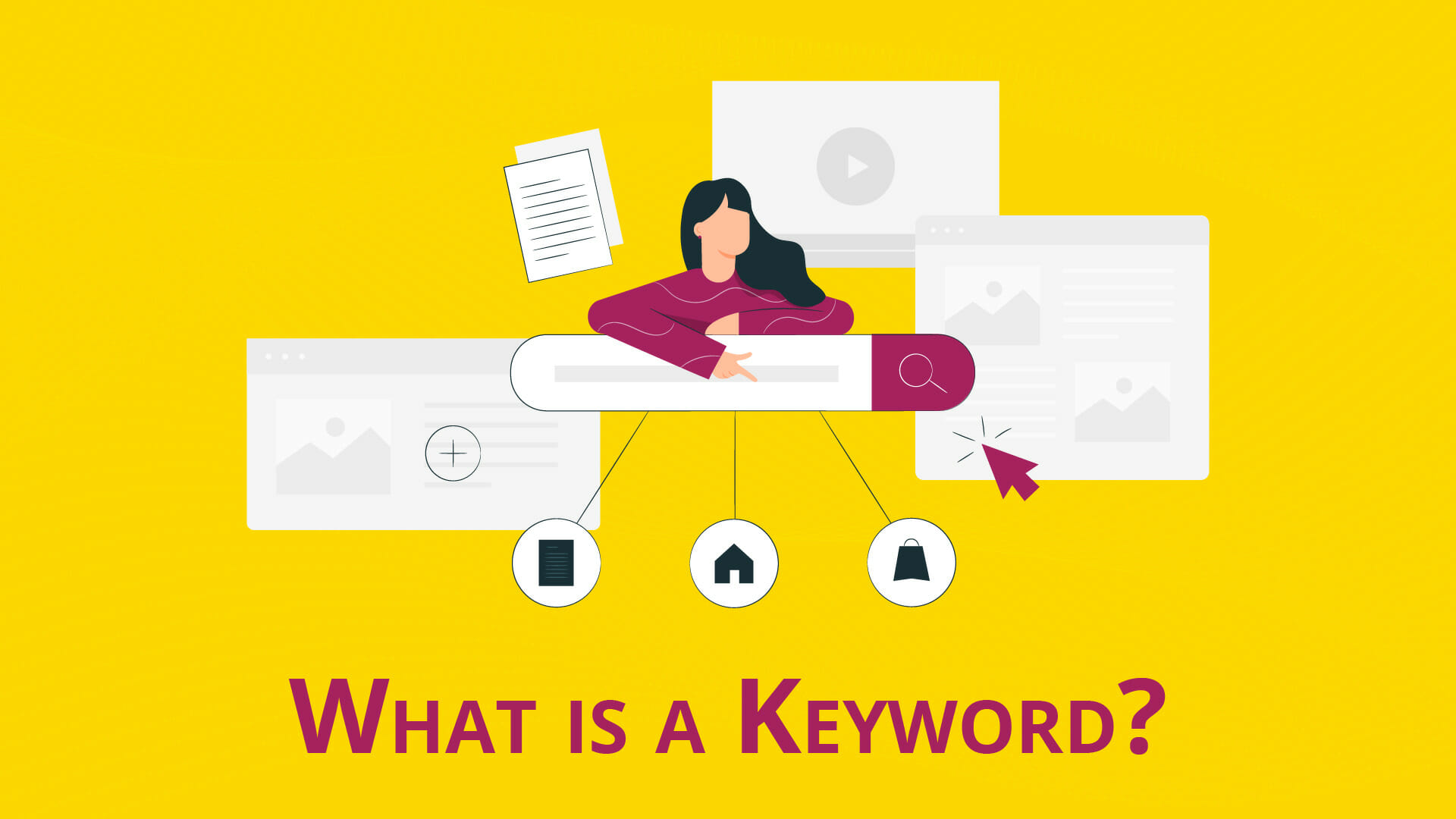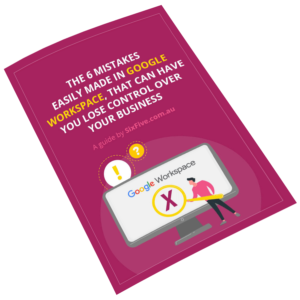
You might be reading the term “keywords” and already planning to shut it out of your mind. But I encourage you to stay awhile and read on. Understanding more about keywords and how they work might be easier than you think.
Keywords can be a pain, and many business owners would rather leave them to the pros. While leaving the work to the experts is the right thing to do, it’s still a good idea to have a general understanding of what keywords are. This way, you’ll know exactly why they matter to your business, as well as the best professionals to hire.
If you’re still reading, I’m going to take some of the mystery out of keywords for you.
What Is a Keyword?
Put simply, a keyword, keyphrase, search term, or keyword phrase is a word or term that people will use when searching for something online. For example, maybe somebody is a huge fan of cats in costumes, so they take it to Google and type in “Halloween costumes for cats.”
Yes, that means keywords can be more than just a single word. Although “halloween”, “costumes”, and “cats” are also called keywords, a search term that mixes all of those words is also a keyword. The difference between the keywords “cats” and “Halloween costumes for cats” is that they’re different types of keywords.
A bit confusing, huh? Don’t worry. It’ll get easier in just a moment.
Why Do Keywords Matter For Your Business?
Keywords are important because they provide an instant link between what a customer is searching for, and your product or service. They help search engines pinpoint what your content is all about, and help to connect that content with your intended audience.
What Are the Types of Keywords?
There are three different types of keywords: head keywords, the “chunky middle”, and long-tail keywords.
Head keywords refer to terms that contain 1 to 2 words, such as “cats” or “black cats”. These types of keywords are usually extremely competitive, and aren’t worth trying to rank for. Think about it: if you Google the word “cats”, the search engine results page (SERP) will bring you millions of different pages about cats, with a million different things about cats. It’s a very broad term, because you haven’t specified exactly what you want to achieve with that search. Do you want to buy a cat? Do you want to know about a specific cat breed? Google may be smart, but it still can’t read minds.
The “chunky middle” refers to the “sweet spot” of keywords. These are terms that contain 3 to 4 words, like “Halloween costumes for cats”. This is a much narrower search with great potential for ranking. That’s because it tells search engines exactly which pages it should bring to the searcher: pages of websites that are selling Halloween costumes for cats. Because it contains more words, this term tends to be less competitive, and should have a much lower search volume.
Long-tail keywords refer to terms that contain 4 words or more. An example would be “Halloween costumes for cats in Melbourne Australia”. This is an ultra-specific keyword, which would probably get just dozens of monthly searches, even less. Although long-tail keywords get just a few searches, the traffic they bring is very targeted. Whoever’s looking for “Halloween costumes for cats in Melbourne Australia” must really be after costumes for their cat. In Australia, specifically. If you, an Australian cat costume seller, have done a great job with your keyword strategy, that cat person will find your business right away.
What Keywords Should You Use?
For this step, you’ll need to put yourself in your potential customer’s shoes and perform what we call keyword research. Knowing your customers, what would they type into Google when looking for a product or service you offer? Think about the words or phrases they would use when searching for something that solves their problem.
Also, consider their keyword intent when looking for a product or service like yours.
A searcher with informational intent wants to learn something or attain information about a specific topic.
A searcher with navigational intent wants to reach a specific website, like facebook.com. In this case, they may search only for “Facebook” or “Facebook log in”.
A searcher with transactional intent wants to compare products or buy something. Their keywords may include words like “compare” or “buy”.
Where would the keyword “Halloween costumes for cats” fit in the above? It’s certainly not an informational or navigational search term.
This will require you to read between the lines a bit. Someone looking for cat costumes online is unlikely to be looking to learn more about the history of cat costumes or something similar. They’re looking to purchase cat costumes, or at least that’s how search engines “understand” it. If someone, for whatever reason, was looking for the history of cat costumes, they’d have to refine their search.
Lastly, it’s also important to know how people refer to your business. Let’s see an example. Most people refer to Duolingo as a language-learning platform. The keyword “language learning platform” is right there on their support page. If the folks at Duolingo didn’t know about that and described their business as, say, a “web language trainer”, people wouldn’t find them.
However, the intent of most people is to “learn French” and do Duolingo focus content to this term as well.
So, it’s important to know which exact words your audience uses when talking about your business.
How Many Keywords Do You Need?
This will depend on what you’re providing to your customers or clients, as well as the size of your website. For a single page, you’ll generally have one main keyword, and likely a handful of related keywords.
Your entire website will be positioning for a variety of keywords – even some keywords you haven’t chosen to position for. Maybe not in the first page of SERPs, but they will position somewhere. That’s why so many websites appear for certain searches, even if they don’t have an SEO keyword strategy in place.
However, if you’d like your website or a certain page of your website to rank on the top 10 pages of a SERP, you’ll need to focus on one keyword and several related keywords on one page.
How Many Keywords Do You Need Per Page?
Generally, a page will have one main keyword, as we talked about in the previous point. But depending on your content, what you offer to your audience, and what you want to focus on, there can also be a number of sub-keywords. Ideally, you’d focus on one to two main keywords for a single page.
In-page assistants like YoastSEO and RankMath (which is my personal favorite) can help you tune your page content to the keyword you want to target on that page.
How Can You Track Your Keywords and Rankings?
The only way to know if you’re ranking for a certain keyword or how “valuable” a keyword is to your business is to rely on SEO tools like SEMrush, Ahrefs, Moz Pro, Serpfox, and RankMath. These are just a few of some of the best software available out there. All of them will allow you to sign up for free, but in order to have unlimited access to the best features, you should definitely compare their plans and pricing.
Not only will the above tools help you manage and track the results of your SEO strategy, but they’ll also help you select the best keywords based on volume and competitiveness. At SixFive, we use RankMath (which is a WordPress SEO plugin) to keep track of our SEO strategy. If you’d like to give RankMath a try, all of our WordPress Care Plan customers get RankMath Pro included with 100 keywords to track. It’s definitely worth a shot.

